Kyoto is arguably the most popular city for sakura (桜) or cherry blossom viewing in Japan! Locals and tourists alike flock to this former capital given the number of beautiful Kyoto cherry blossom spots that are perfect, not only as photo backdrops, but also as hanami spots.
TRIVIA: Hanami (花見) or “flower viewing” is an ancient tradition in Japan wherein locals take the time to enjoy the cherry blossoms or sakura trees. Nowadays, the Japanese typically celebrate it by having an outdoor party or picnic under the trees during daytime or nighttime (called yozakura or “night sakura”).
After all, the dreamy pink hue of this spring flower only lasts for a week or two every year, so it is a fleeting yet magical sight that you must witness for at least once in your life!
Kyoto cherry blossom flowers usually start blooming in late March and reach their full bloom in early April. To give you an idea of Japan’s sakura forecast, check out the map below for this year:
Looking for other spring blooms to enjoy?
Here are the other top spring flowers in Japan that you MUST see!
So if you’re planning on including Kyoto in your upcoming Japan itinerary this spring season, here are the best places to enjoy the cherry blossoms in their full glory!
Kyoto Cherry Blossom Spots
» Arashiyama (嵐山)
Cover and top photo by: Shutterstock
Including the district of Arashiyama on your Kyoto cherry blossom viewing list is a MUST! It holds a number of attractions not limited to the famous Bamboo Grove Forest — and of course, during sakura season, you’ll be greeted by a townscape that’s wonderfully draped in pink right from the moment that you step out of the train station!
Walk a bit further and you’ll witness the long Tegetsukyo Bridge that will be backdropped by a picturesque mountain speckled with a mixture of pretty pink and green hues.
If you want to go to an area that is filled with more sakura trees, consider going to Nakanoshima Park as well as the Tenryuji Temple — a UNESCO World Heritage Site that is famous for its scenic garden that will hold about 200 cherry trees in its beautiful landscape!
NOTE: Consider riding the Sagano Romantic Train to Kameoka from Arashiyama. This famous scenic train ride will take you through a lot of panoramic sceneries as well as through a “tunnel” of cherry blossoms!
- ADMISSION FEE: ¥500 (extra ¥300 for entry inside the temple buildings)
- NEAREST STATION: (Use Google Maps) Arashiyama Station
– – –
» Daigoji (醍醐寺)
Photo by: Shutterstock
Daigoji Temple is another UNESCO World Heritage Site and a famous Kyoto cherry blossom spot since the Heian period.
Truth be told, this was the location where Toyotomi Hideyoshi (a Japanese samurai and daimyo/lord) held a grand hanami party by planting over 700 cherry blossom trees! Today, visitors can enjoy almost 1,000 cherry blossom trees that sweep through the temple grounds and up to the adjacent mountain.
Some of the sakura varieties that you can enjoy here are the iconic somei yoshino (the weeping cherry blossom) and the yamazakura (wild mountain cherry blossom). If you time your visit well, you can even witness a parade that commemorates the cherry party held by Hideyoshi (called “Ho-Taiko Hanami Gyoretsu”) and it is held on the 2nd Sunday of April every year.
- ADMISSION FEE: ¥1500 (from March 20 to May 15 and from October 15 to December 10) and ¥800 (during the rest of the year)
- OPENING HOURS: 9AM to 5PM
- NEAREST STATION: (Use Google Maps) 11-minute walk from Daigo Station
Rent a kimono to enhance your experience!
For a hassle-free experience, rent a kimono in Kyoto by booking here.
– – –
» Haradani-en Garden
Photo by: Shutterstock
Located on the northwest area of Kyoto, this is arguably a secret Kyoto cherry blossom spot that is known only by the locals!
In Haradani-en, guests can enjoy late-flowering weeping cherry blossom trees that are scattered around the 13,000sqm private garden. You will also find a variety of other spring flowers namely azaleas, rhododendron, and dogwood.
- ADMISSION FEE: ¥1,200 and ¥1,500 (on weekends and public holidays)
- OPENING HOURS: 9AM to 5PM
- NEAREST STATION: (Use Google Maps) Kitaoji Station — but there is also a free shuttle bus that runs from Shikichi-Jinja Shrine during cherry blossom season only
– – –
» Heian Shrine (平安神宮)
Photo by: Shutterstock
Heian Shrine is one of the most popular spots for Kyoto cherry blossom viewing — especially that of the weeping cherry tree variant — after all, they bloom later than most cherry trees, usually around mid-April!
You’ll find a canopy of these trees in their 30,000sqm paid garden, with the best spot being that in the east where you can see the trees being reflected in the Seiho Lake.
TRIVIA: The shrine was built during the 1,100th anniversary of Kyoto’s foundation as a capital, and it pays homage to the spirits of the first and last emperors of the city.
- ADMISSION FEE: FREE to enter the shrine, ¥600 to enter the garden
- OPENING HOURS: 6AM to 5:30PM
- NEAREST STATION: (Use Google Maps) 7-minute walk from Higashiyama Station
– – –
» Hirano Shrine (平野神社)
Photo by: Shutterstock
Ever since the year 985 (Edo Period) during the reign of Emperor Kazan, this temple has held a cherry blossom festival — and this tradition continues today!
Because of this, Hirano Shrine has become one of the most popular Kyoto cherry blossom viewing spots wherein a lot of locals visit to spend hanami (especially students, given the close proximity of Ritsumeikan University). Meanwhile, the actual festival is held on the 2nd Sunday of April and it begins at the mausoleum and ends with a procession in the afternoon.
TIP: For a hassle-free experience, you can book a guided Hirano Shrine tour.
As for its cherry trees that number hundreds, you’ll love the amazing variety that spans from the early-blooming sakigake in late March, to the late-blooming ones that last until the middle of April. Of course, aside from admiring the majestic beauty of the cherry blossoms, visitors can also enjoy exploring other unique spots at the shrine. A sakura illumination can also be witnessed between late March and mid-April.
- ADMISSION FEE: FREE
- OPENING HOURS: 6AM to 5:00PM
- NEAREST STOP: (Use Google Maps) 2-minute walk from Kinugasako Mae bus stop
– – –
» Kamigamo Shrine (上賀茂神社)
Photo by: Shutterstock
The Kamigamo Shrine is actually a part of the famous Kamo Shrines duo (the other one being Shimogamo Shrine) and they are both regarded as UNESCO World Heritage Sites. Truth be told, they are the oldest as well as the most important of all the shrines in Kyoto!
But Kamigamo Shrine in particular is famed for its weeping cherries or shidare-zakura that are called Saio Zakura and Gosho Zakura. The former has flower petals that are more strongly hued (with the name referring to a shrine maiden), whereas the latter is about 170 years old (‘gosho’ meaning emperor)!
Apart from this, the whole of the shrine area is speckled with other cherry trees, as well as along the long sando path that leads to the torii entrance gate.
- ADMISSION FEE: FREE
- OPENING HOURS: 5:30AM to 5:00PM
- NEAREST STATION: (Use Google Maps) 13-minute walk from Saga-Arashiyama Station (JR Sagano Line/San’in Main Line)
– – –
» Keage Incline
Photo by: Shutterstock
The Keage Incline is a 582-meter long slope with unused railroad tracks and it is loved by the locals especially in the spring when the surrounding 90 cherry trees start to bloom and form a tunnel-like canopy.
TIP: For a hassle-free experience, you can book a guided sakura tour that includes this spot.
The railway track used to serve as a water transport of Lake Biwa Canal between Otsu and Kyoto; but today, it has become more of a walking path. In 1996, it was even designated as a National Historical Site!
- ADMISSION FEE: FREE
- NEAREST STATION: (Use Google Maps) 3-minute walk from Keage Station
– – –
» Kiyomizudera (清水寺)
Photo by: Shutterstock
It’s hard to miss Kiyomizudera because it is one of the top sights to see when you’re in Kyoto. Translated to ‘Pure Water Temple’, the temple’s name is derived from the Otowa Waterfall in which it has been built. It also holds a lot of importance in history, so it is not only part of the Historic Monuments of Ancient Kyoto but also of the UNESCO World Heritage Sites.
TIP: For a hassle-free experience, you can book a guided Kiyomizudera tour.
Come spring season, Kiyomizudera’s surroundings become a lovely shade of pink as the cherry trees frame its large balcony. If you venture further near the exit of the temple, you’ll find a larger concentration of sakura trees (at night, these trees are also illuminated from 6PM to 9PM).
- ADMISSION FEE: ¥400
- OPENING HOURS: 6:00AM to 6:00PM
- NEAREST STOP: (Use Google Maps) 10-minute walk from Gojo-zaka or Kiyomizu-michi bus stop
– – –
» Kōdai-ji Temple (高台寺)
Photo by: Shutterstock
Kodaiji is a Zen temple of the Rinzai sect and what you might find interesting here is its Hashintei — a large Japanese garden that portrays Zen ideology. One of its features is a rock garden (karesansui) that is made from raked gravel representing the vast ocean.
TIP: For a hassle-free experience, you can book a guided sakura tour that includes this spot.
In spring, visitors come here to get a glimpse of the shidare-zakura weeping cherry tree that blooms over the aforementioned rock garden, and if you stay after 5PM, you’ll get to witness the spring illumination set up within the premises.
- ADMISSION FEE: ¥600
- OPENING HOURS: 9:00AM to 5:30PM
- NEAREST STOP: (Use Google Maps) 5-minute walk from Higashiyama Yasui bus stop
– – –
» Kyoto Botanical Gardens (京都府立植物園)
Photo by: Shutterstock
Kyoto Botanical Garden is the oldest botanical garden in Japan and it is home to over 500 cherry blossom trees! From these, there is a big forest full of them and it can be found in the northern part of the conservatory — as well as a towering weeping cherry tree in the center of the garden.
TIP: For a hassle-free experience, you can book a guided tour.
To give visitors a chance to enjoy these blooms even further, the garden stays open until 9PM from the end of March to early April as colorful illuminating lights are set up underneath every tree. (While you’re already inside the 240,000sqm garden, don’t forget to check out the other areas to make the most of your stay!)
- ADMISSION FEE: ¥200 for adults, ¥150 for high schools students and free for children and senior citizens
- OPENING HOURS: 9:00AM to 5:00PM (9PM for illumination)
- NEAREST STATION: (Use Google Maps) 2-minute walk from Kitayama Station
– – –
» Kyoto Gyoen National Garden
Photo by: Shutterstock
This is referred to as a “National Garden” of Japan as well as the “Central Park of Kyoto”, and it is found around the Kyoto Imperial Palace and Sento Gosho.
Entrance to the Kyoto Gyoen National Garden is free and you can admire over a thousand spectacular cherry trees, some of which are the weeping or shidare-zakura kind. In fact, this area doesn’t get too many crowds like the other more famous Kyoto cherry blossom spots, so you can essentially have some spaces all to yourself!
- ADMISSION FEE: FREE
- NEAREST STATION: (Use Google Maps) 5-minute walk from Marutamachi Station
– – –
» Maruyama Park (円山公園)
Photo by: Shutterstock
Maruyama Park is the oldest public park in the city, and once spring arrives, it is the most popular and most crowded Kyoto cherry blossom viewing spot — and for good reason!
After all, there are over 700 cherry trees sprawled across the expanse and the center of attraction is a large shidare-zakura that gets lit up at night. Called the “Night Cherry Blossoms of Gion”, this is actually regarded as the park’s symbol and it is over 80 years old.
TIP: For a hassle-free experience, you can book a guided sakura tour that includes this spot.
To further enhance the experience, a lot of food stalls are often set up around the park with ample seating mats and tables.
- ADMISSION FEE: FREE
- NEAREST STOP: (Use Google Maps) 5-minute walk from Gion bus stop
– – –
» Nanatani-gawa River (Yawaragi Road)
Photo by: Shutterstock
If you want an off-the-beaten-path destination for Kyoto cherry blossom viewing, you should head over to the nearby Kameoka City (best accessed while you’re already in Arashiyama by taking the Sagano Romantic Train or the Hozugawa-kudari river boat ride) and then find this road that’s found near Nanatanigawa River.
With over 1,500 cherry blossom trees that line the kilometer-long Yawaragi Road, you’re sure to get a breathtaking photo in this scene!
Don’t forget to drop by the nearby Sakura Park that has over a hundred cherry blossoms as well. (Every year, a Cherry Blossom Festival is held there.)
- ADMISSION FEE: FREE
- NEAREST SPOT: (Use Google Maps) Nanatanigawa bus stop
– – –
» Nijō Castle (二条城)
Photo by: Shutterstock
Nijo Castle used to be the Kyoto residence of the first shogun (military dictator) — today, it is a historic site that best exemplifies castle palace architecture back in the olden feudal era of Japan. As such, it has been appointed as a UNESCO World Heritage Site since 1994.
The castle has 3 areas: Honmaru (main circle of defense), Ninomaru (second circle of defense), and the gardens that encircle the former two.
TIP: For a hassle-free experience, you can book a guided tour.
During the spring season, the whole of the castle grounds and walking paths are surrounded by 499 cherry trees in various varieties. Some of them will even last until the end of April! To celebrate this, the Nijo Castle holds a yearly Cherry Blossom Festival as they do an illumination of the trees in the evenings.
- ADMISSION FEE: ¥620 (¥410 additional to enter the Ninomaru Palace)
- OPENING HOURS: 8:45AM to 5:00PM (or 6:00PM in July and August)
- NEAREST STATION: (Use Google Maps) Nijojo-mae Station
– – –
» Ninnaji Temple (仁和寺)
Photo by: Shutterstock
Also regarded as a World Heritage Site, Ninnaji is the head temple of the Shingon sect of Buddhism and one of its top highlights is the “Goten” — the former residence of the head priest.
When it rather comes to being one of the top Kyoto cherry blossom viewing spots, it is highly known for its omuro cherries that bloom very late (around mid-April). So if you happen to arrive late for Japan’s spring season, you should include Ninnaji on your itinerary to still catch a glimpse of these dreamy pink trees!
TIP: For a hassle-free experience, you can book a guided sakura tour that includes this spot.
- ADMISSION FEE: ¥500 yen (for Goten palace buildings), admission to the rest of the grounds is FREE except during the cherry blossom season where there’s a ¥500 admission fee
- OPENING HOURS: 9:00AM to 5:00PM (or 4:30PM in December to February)
- NEAREST STATION: (Use Google Maps) 13-minute walk from Saga-Arashiyama Station (JR Sagano Line/San’in Main Line)
– – –
» OKAZAKI CANAL
Photo by: Shutterstock
Located just outside of Heian Shrine, Okazaki Canal connects the Lake Biwa Canal network with the Kamo River.
It is considered a popular spot for cherry blossom viewing in Kyoto given that the canal is bordered by several beautiful cherry trees! For a unique experience, tourists can enjoy a 3-kilometer boat cruise through the canal — and then, much like the rest of the sakura spots, the trees are also illuminated come nighttime.
- ADMISSION FEE: FREE
- NEAREST STOP: (Use Google Maps) Bijutsukan-mae bus stop
– – –
» Philosopher’s Path (哲学の道)
Photo by: Shutterstock
The Philosopher’s Path or Walk is listed as one of the Top 100 Paths in Japan. Running between Ginkakuji and the neighborhood of Nanzenji, this 2km stone path’s name is said to have been derived from the fact that Nishida Kitaro, one of Japan’s most famous philosophers, used to go down this way during his daily commute.
In early April, the hundreds of cherry blossom trees that line the path and the adjacent canal explode in beautiful pink hues, making it an unforgettable sight! There are also a lot of cafes and restaurants that are found alongside Philosopher’sWalk, so there are enough spaces for you to sit down in for admiring the view for a longer time.
TIP: For a hassle-free experience, you can book a guided Philosopher’s Road tour.
- ADMISSION FEE: FREE
- NEAREST LANDMARK: (Use Google Maps) Nanzenji Temple or Keage Station
– – –
» Takenaka Inari Shrine
Photo by: Shutterstock
This is a hidden gem within Kyoto in which a lot of tourists don’t know!
Dedicated to the kami or god of foxes and rice (called Inari), this shrine turns into an Instagrammable spot in the spring especially when the lined cherry trees would drape over the several small red torii gates lining the paths.
- ADMISSION FEE: FREE
- NEAREST LANDMARK: (Use Google Maps) Kyoto University
– – –
» Tō-ji Temple (東寺)
Photo by: Shutterstock
Toji Temple or Kyo-o-gokokuji is home to Japan’s tallest wooden five-storied pagoda.
More than that, this UNESCO World Heritage Site is one of the best Kyoto cherry blossom spots given the 200 cherry blossom trees that are scattered across its grounds! Make sure to get a shot with the 5-stories pagoda in the background for that quintessential Japanese spring photo.
Try to look for the popular shidare-zakura (weeping cherry) tree in the temple too! It is already over 130 years old and towers at a 13-meter height. When the night starts to creep in, most of the trees are also breathtakingly illuminated.
TIP: For a hassle-free experience, you can book a guided night illumination tour.
- ADMISSION FEE: ¥500
- OPENING HOURS: 8:00AM to 5:00PM
- NEAREST STATION: (Use Google Maps) 5-minute walk from Toji Station
– – –
» Yodogawa Riverside Park (淀川)
Photo by: Shutterstock
Found south of Kyoto City (near the border of Osaka Prefecture), the Yodogawa Riverside Park has an astonishing landscape that’s bordered by 250 cherry trees. Apparently, back in 2020, it has even been voted as the 3rd most popular sakura spot in all of Japan!
This comes as no surprise because the promenade is truly scenic as the sakura trees form some sort of natural tunnel through the pathways. Every year, a festival is also held in spring called Sawaritei Sakura Matsuri and visitors can enjoy a number of food and drinks from the surrounding stalls.
TIP: For a bird’s eye view of the park, head to Sakura Deaikan Building’s observatory deck.
- ADMISSION FEE: FREE
- NEAREST STATION: (Use Google Maps) 10-minute walk from Moriguchi Station
• • •
» Top Kyoto Tours «
Kyoto Day Tour
Explore the city’s key attractions!
Southern Kyoto Sakura Tour
…to Uji, Fushimi, and Yamashina.
• • •
Booking Essentials
TIP: It’s a good idea to crosscheck the prices with other popular travel insurance providers like World Nomads and HeyMondo (as my reader, you get 5% off)!
.
However, take note that a travel insurance’s affordability typically means lesser coverage; so please always ensure that you read the fine print in order to decipher which travel insurance company is the right fit for you and your trip!
Looking for more travel tips for Japan?
Check out my other detailed Japan travel guides!
• • •
Overall
The spring season in Kyoto is definitely something to look forward to when you visit Japan!
Besides, the cherry blossoms truly add an otherwordly beauty to the city’s historical sites, and it’s sure to leave you with wonderful memories.

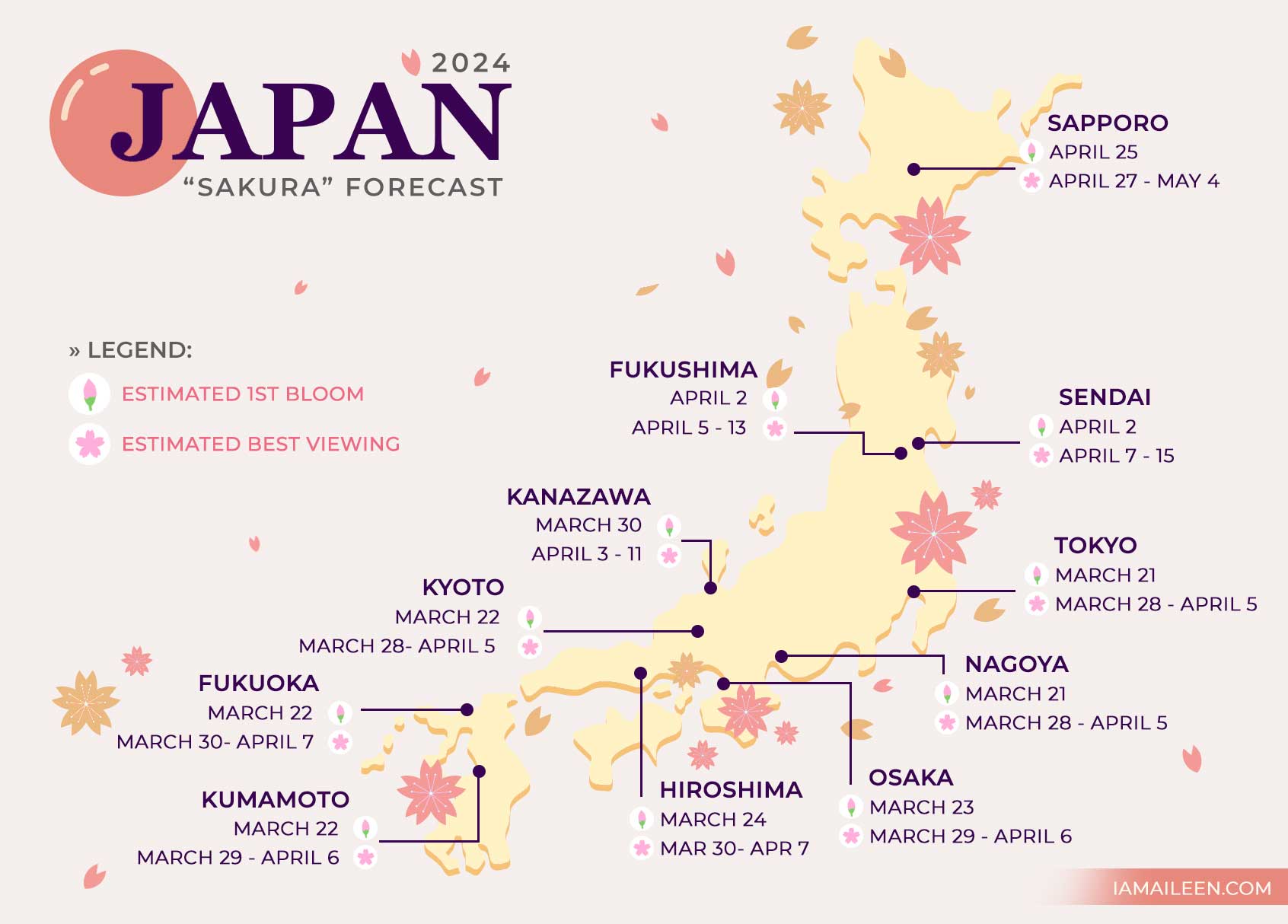
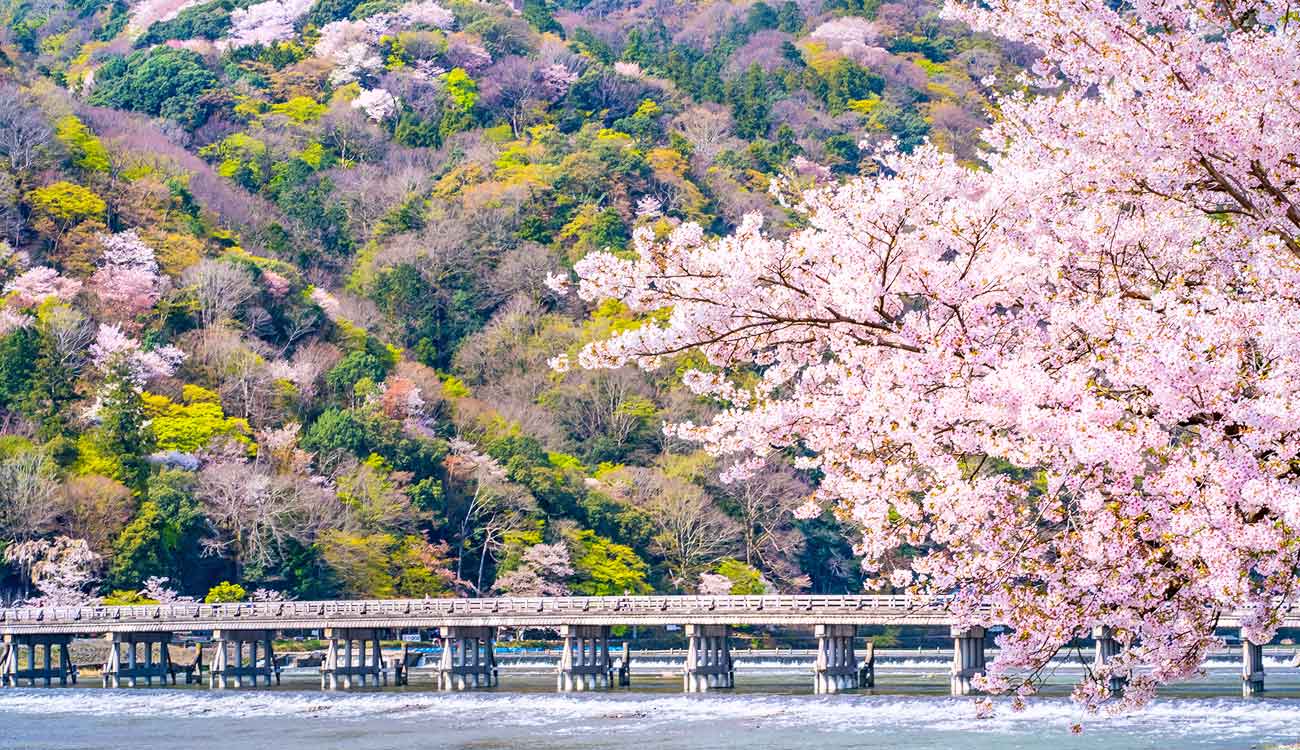

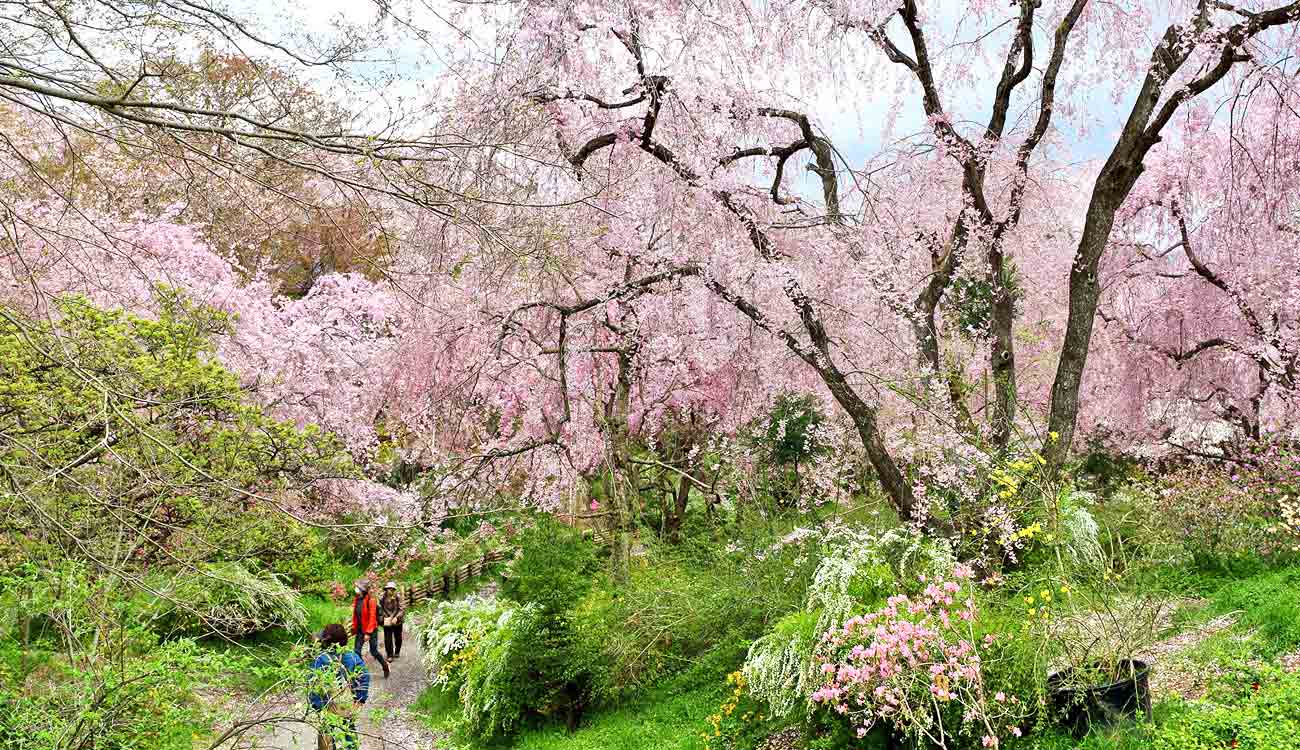
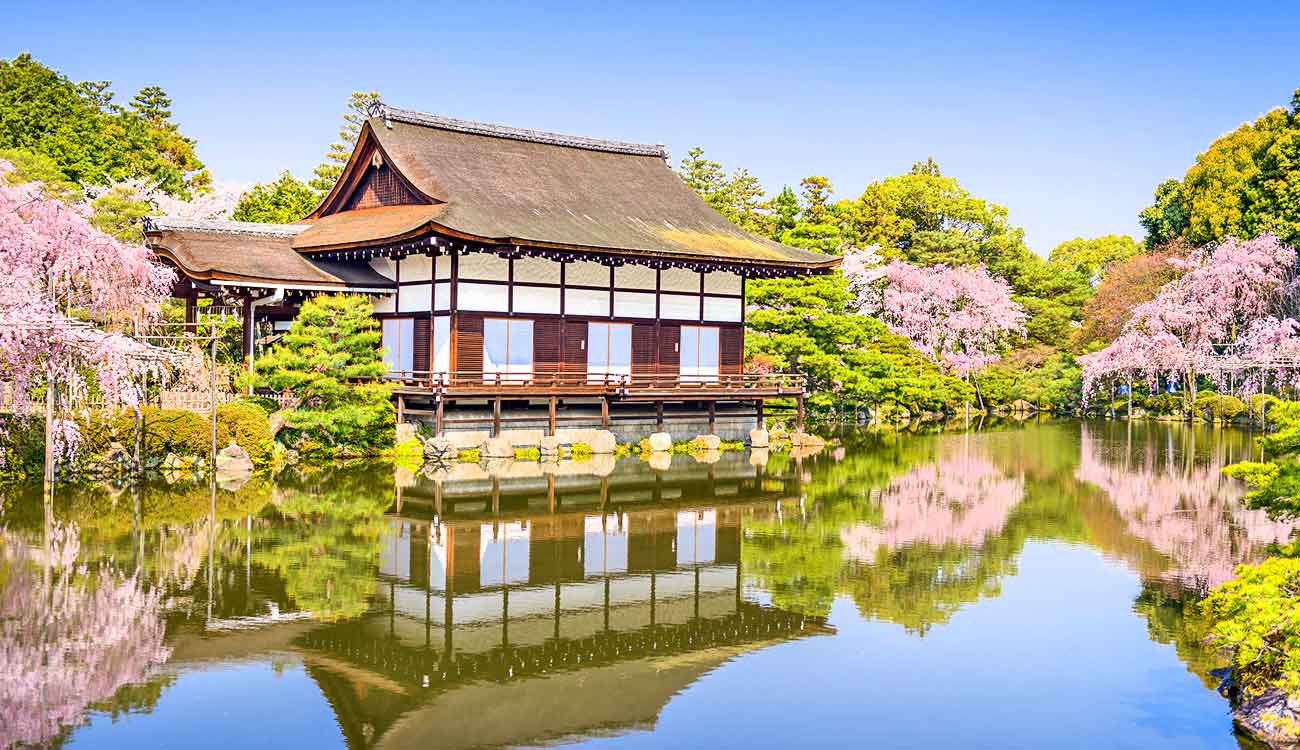

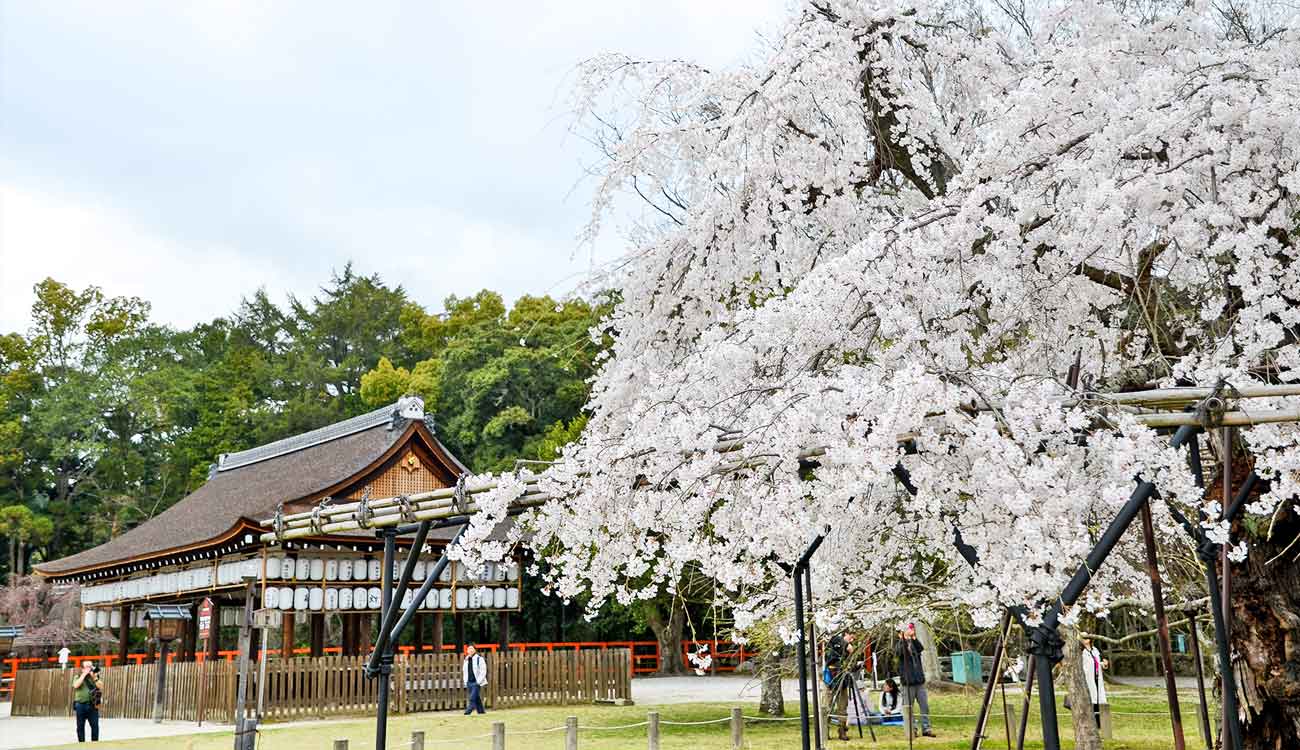
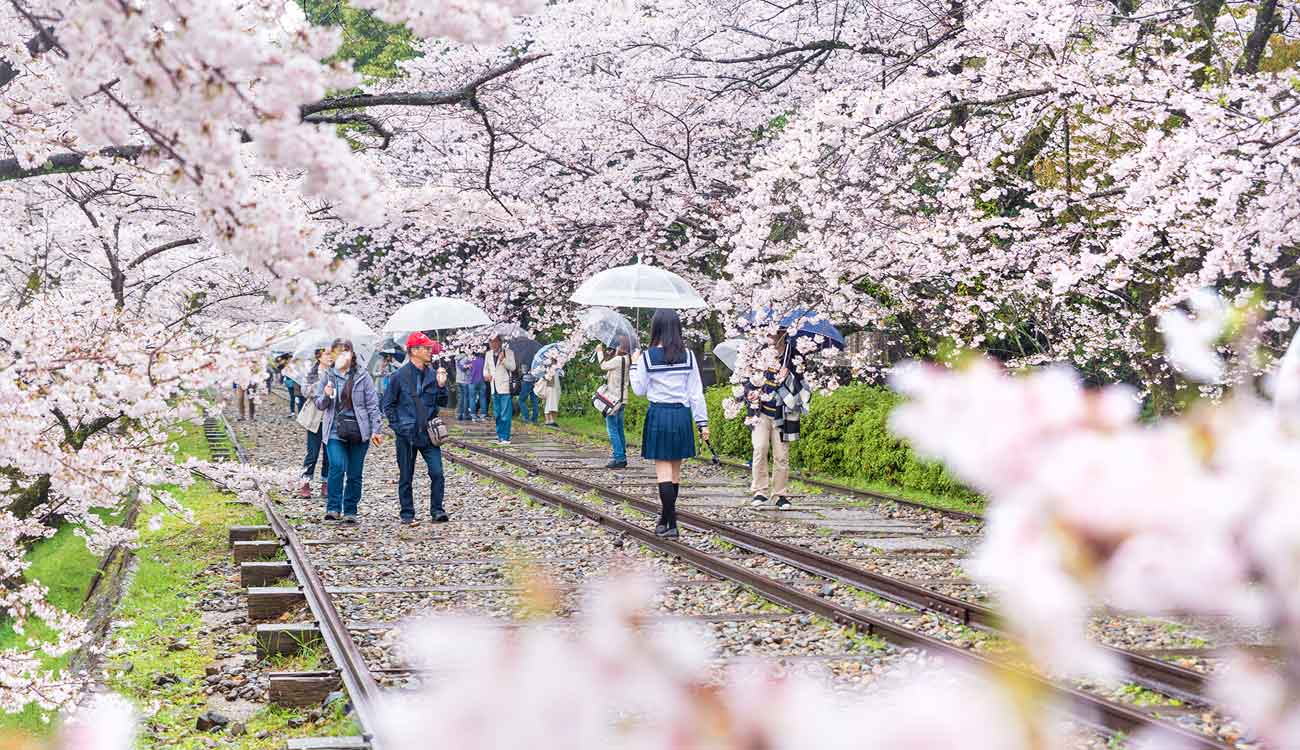
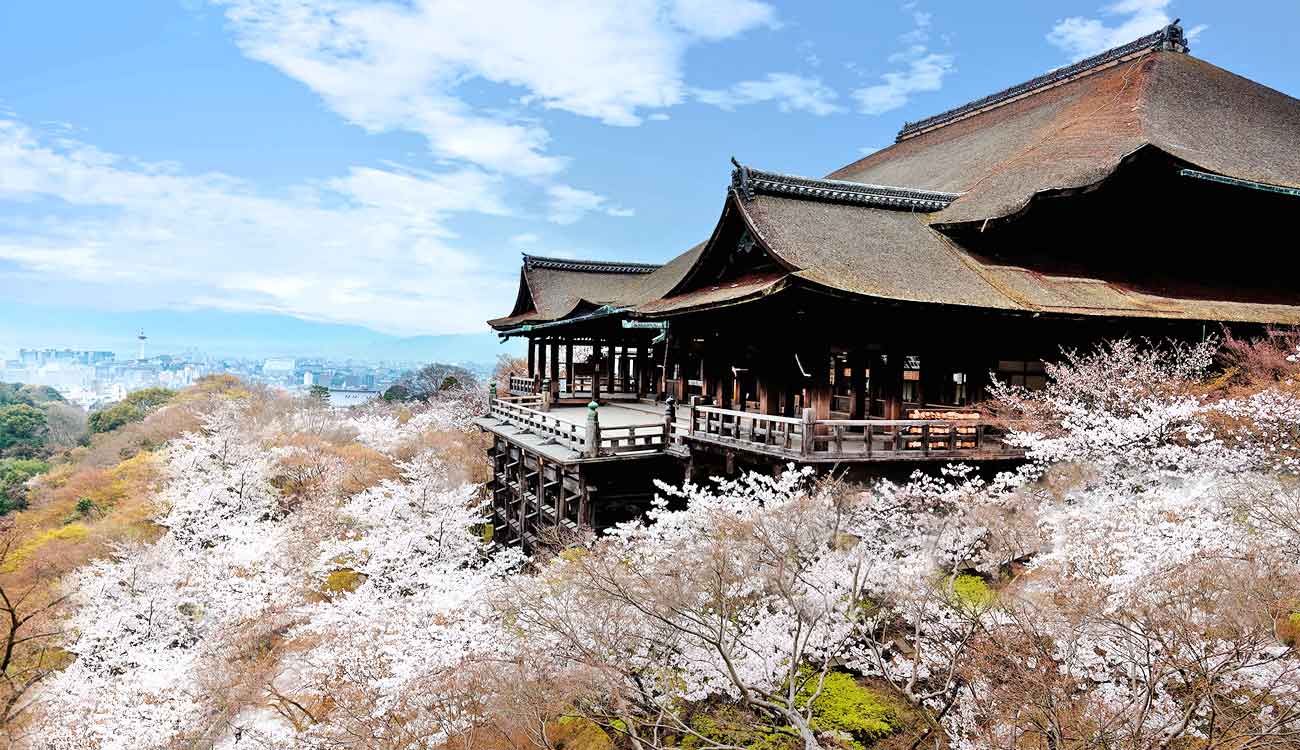
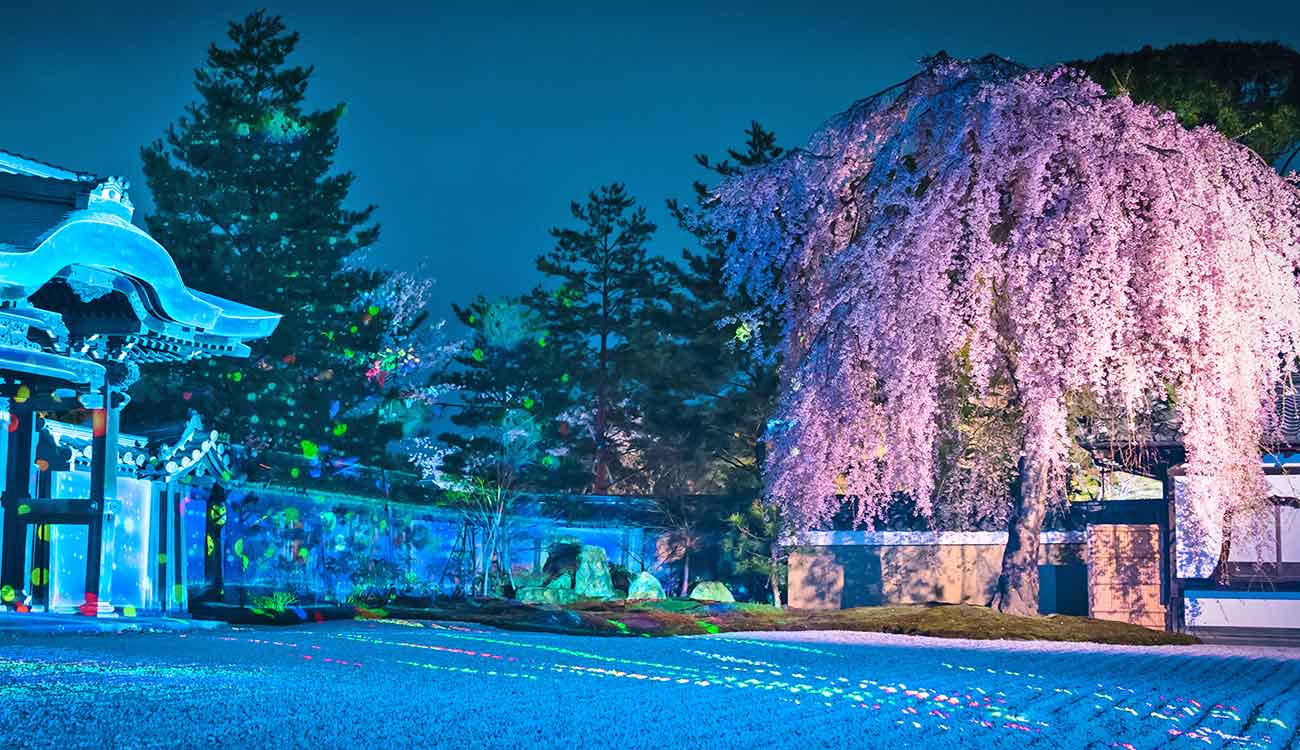

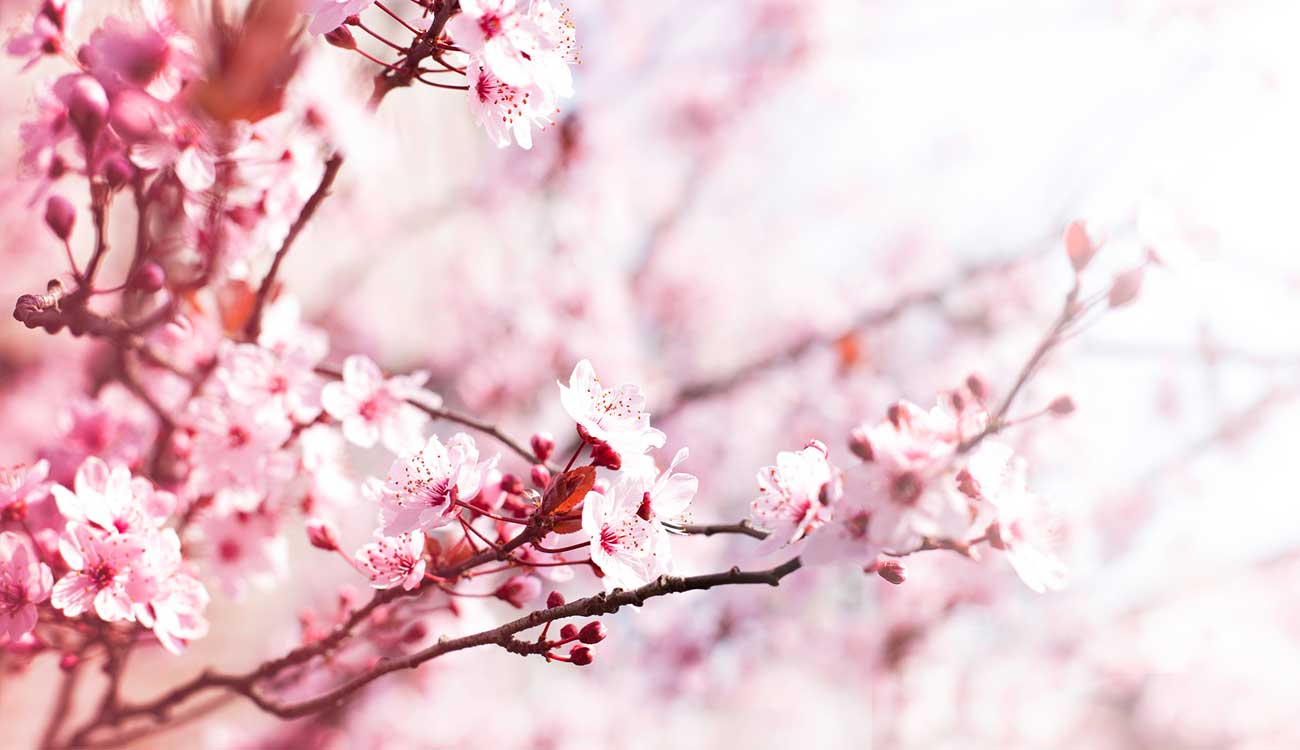
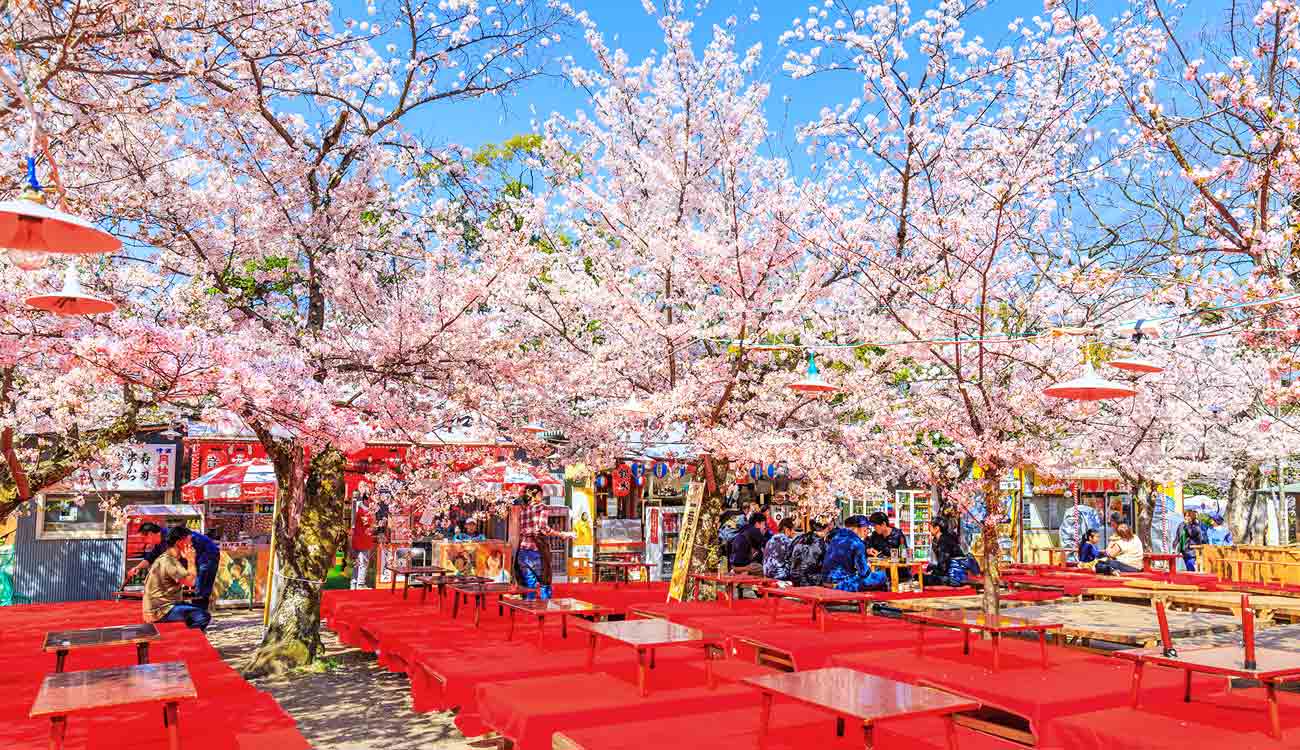
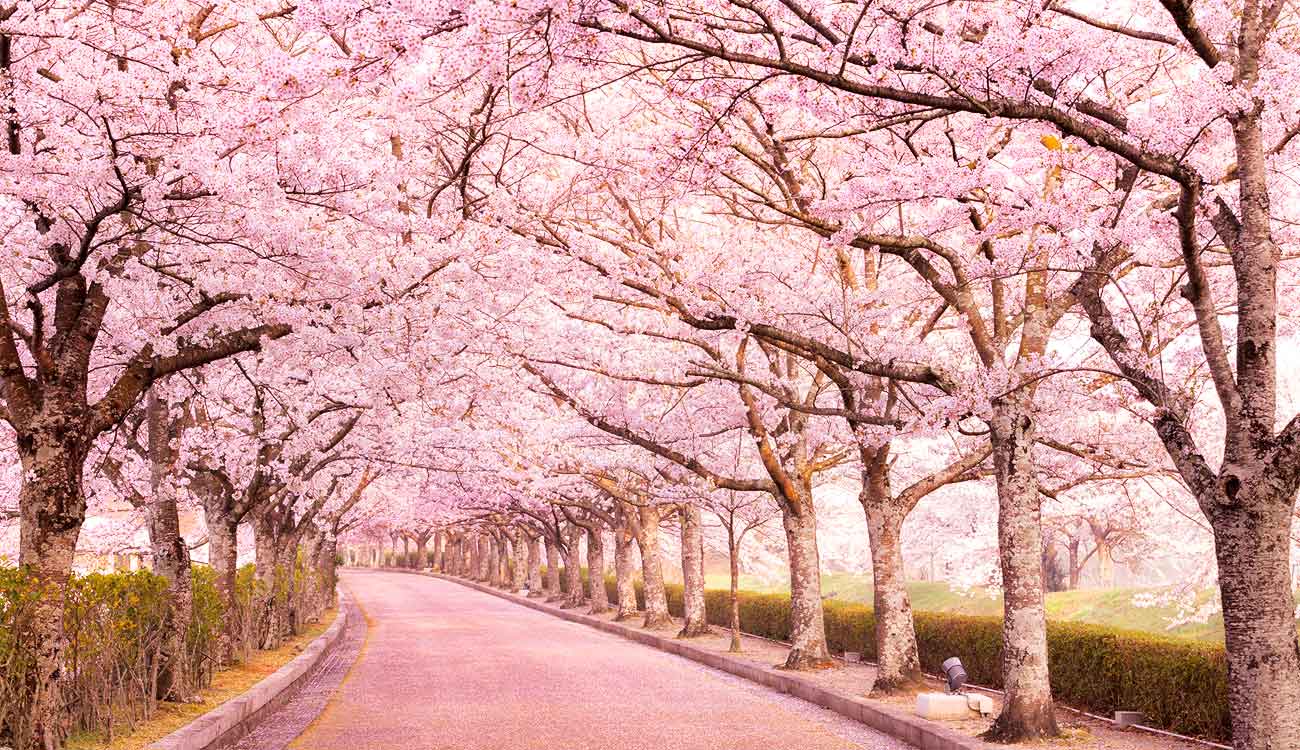

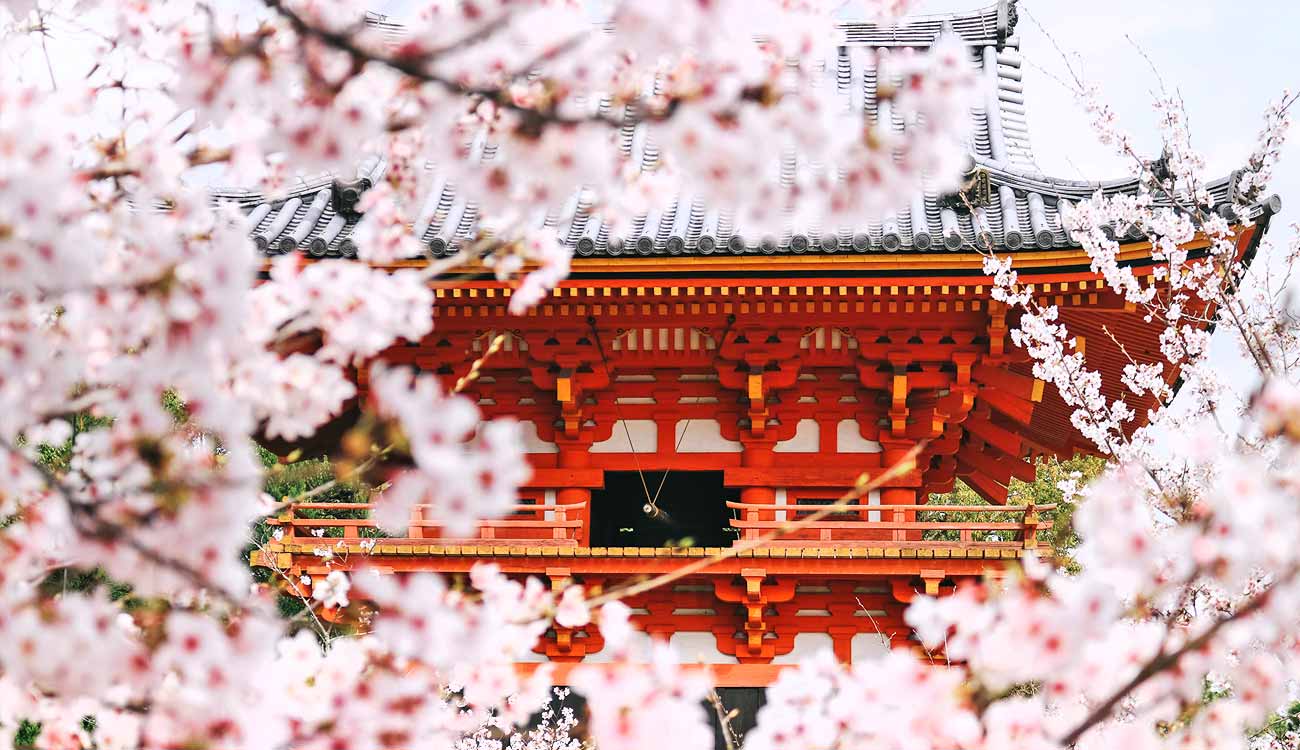

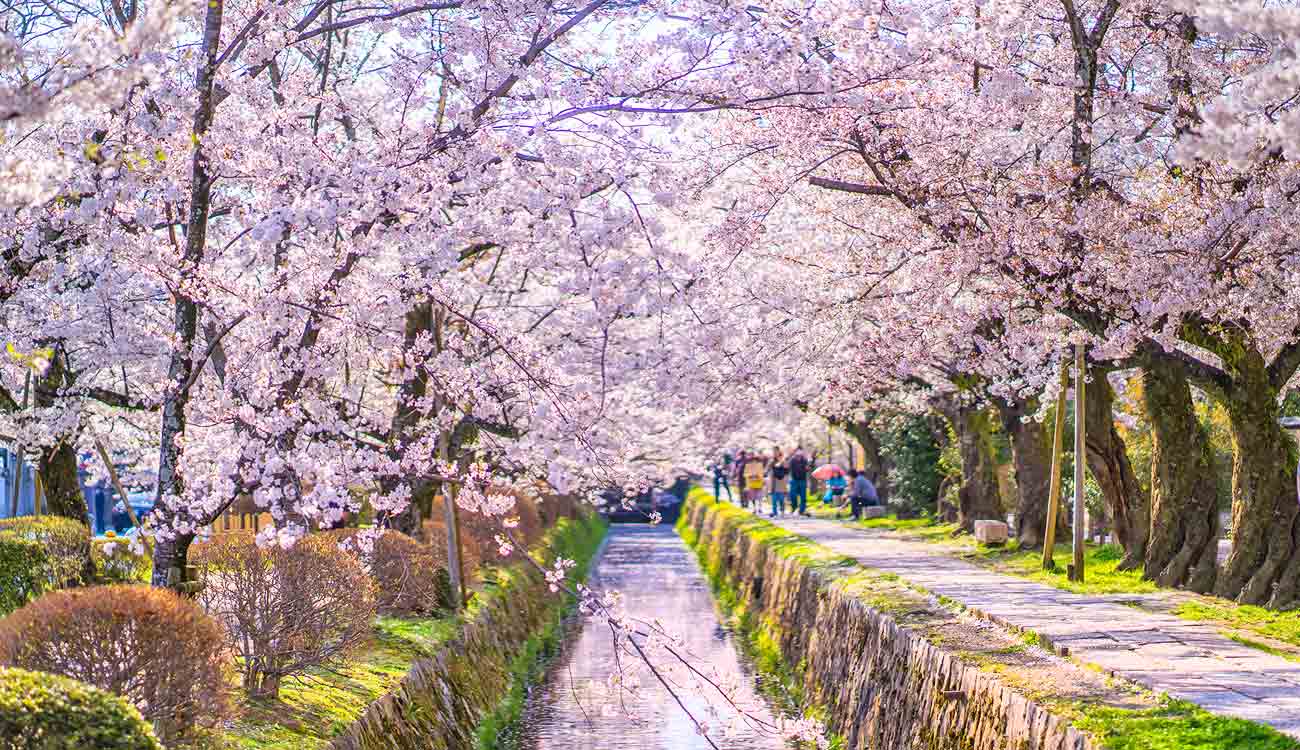
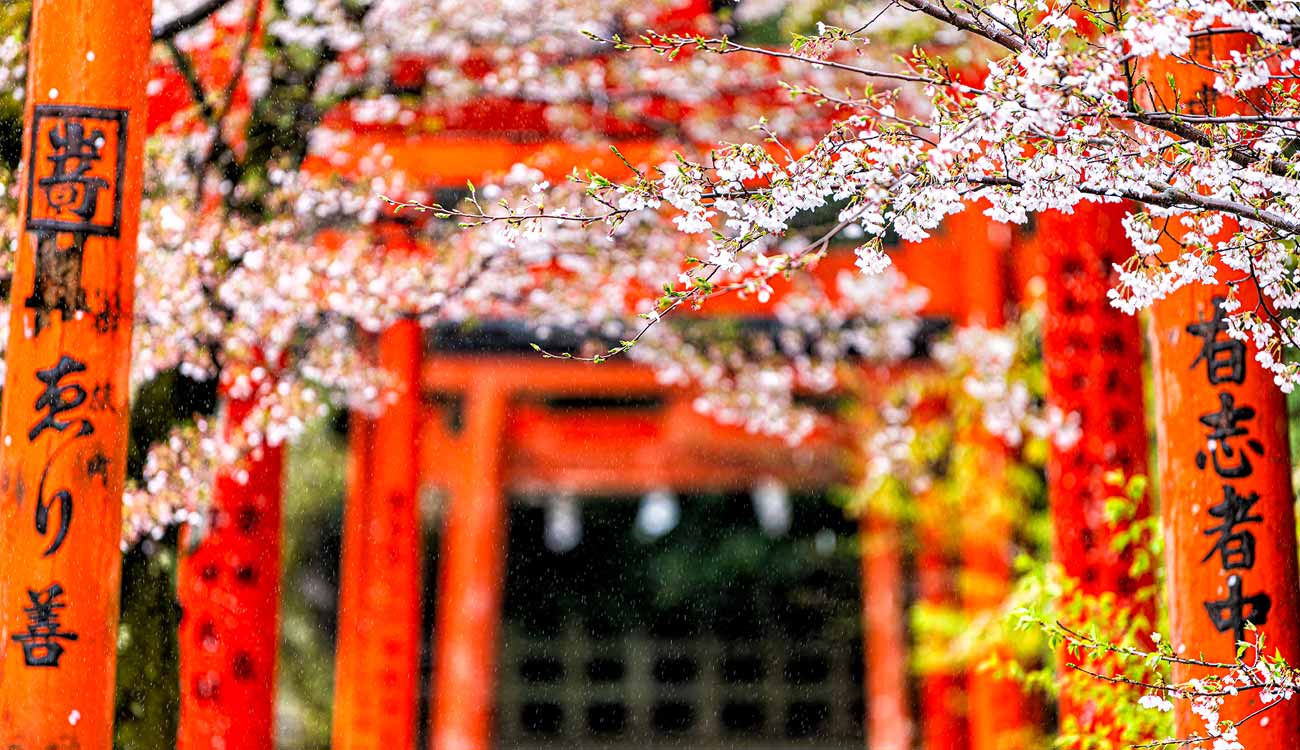
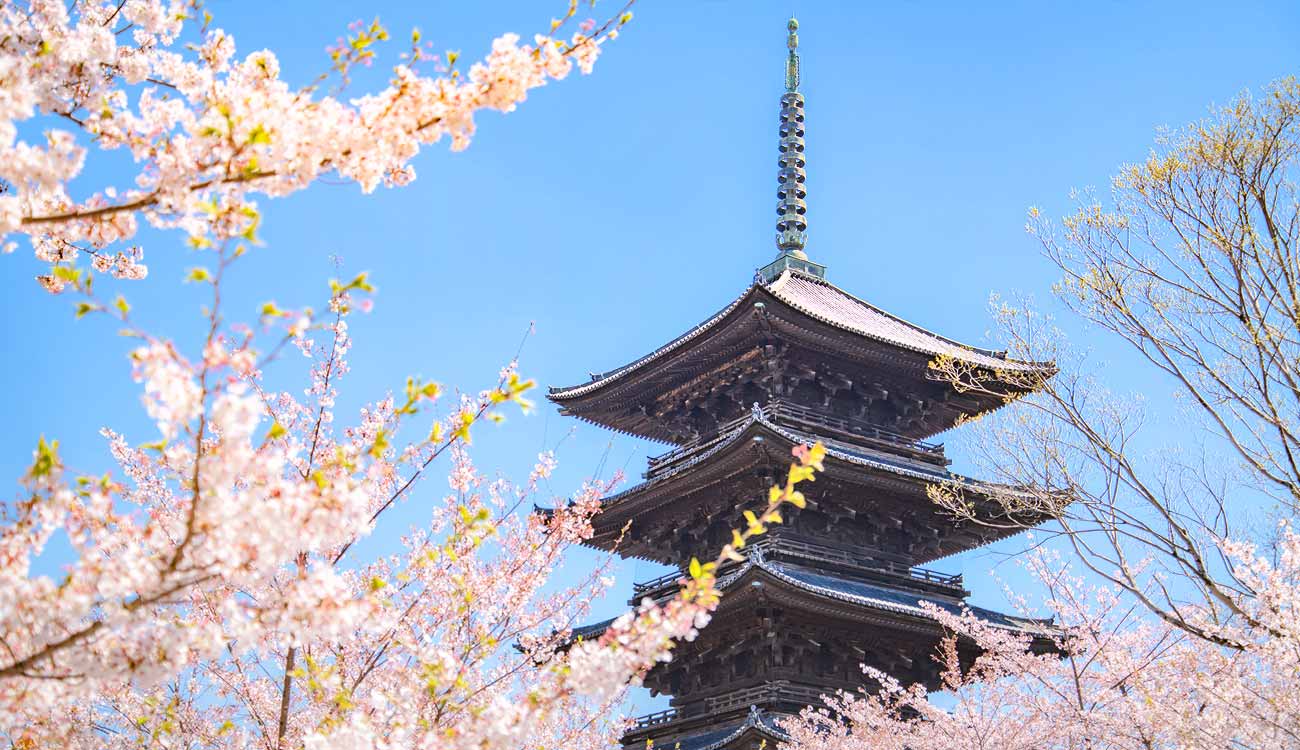
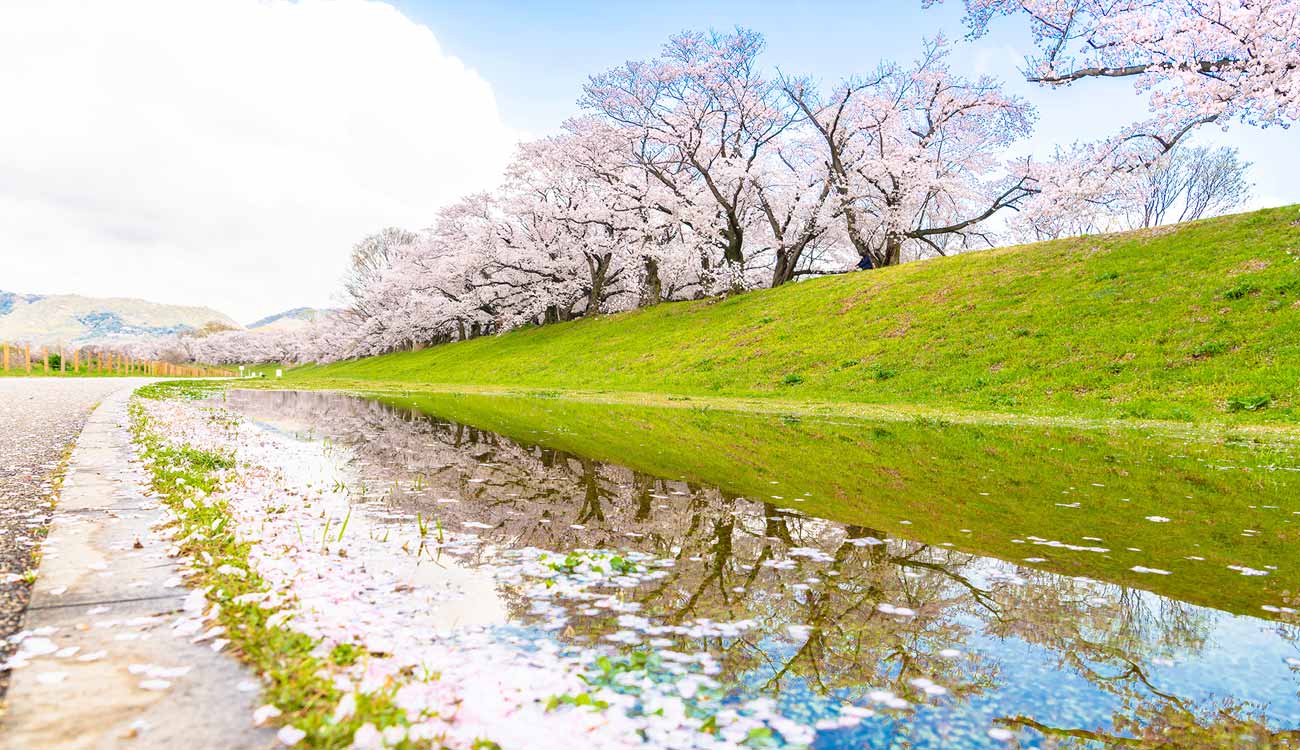
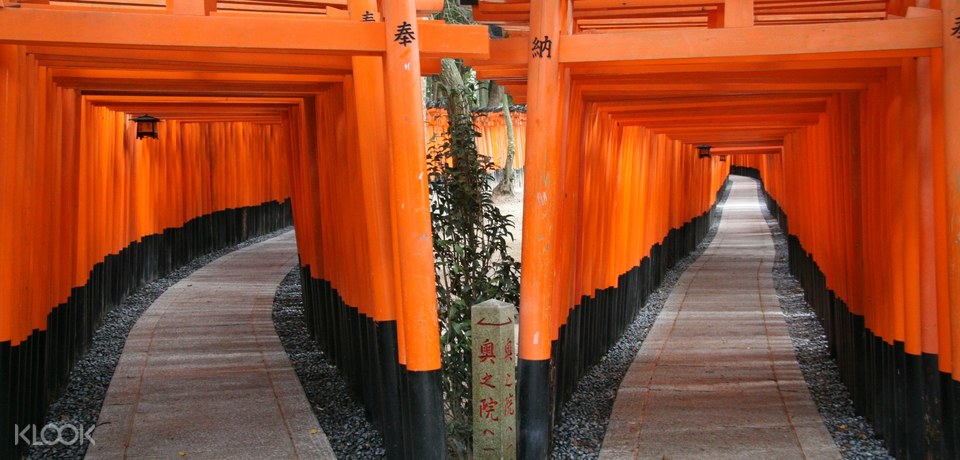
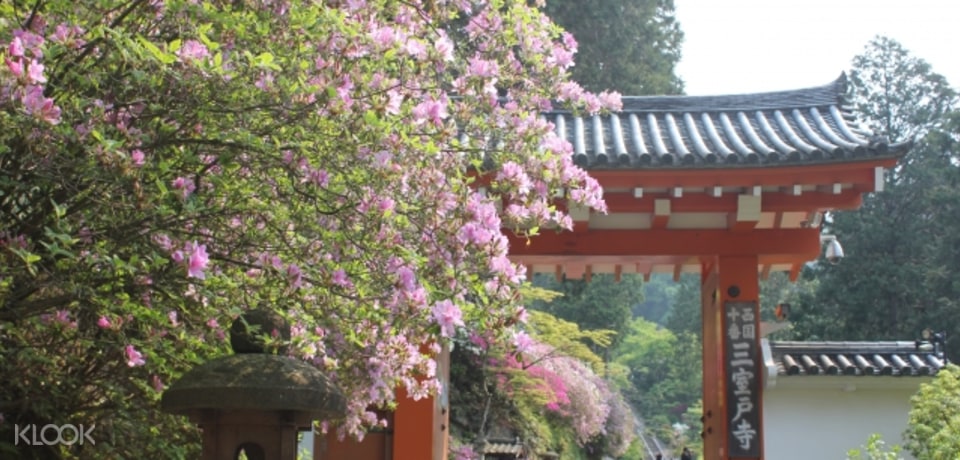

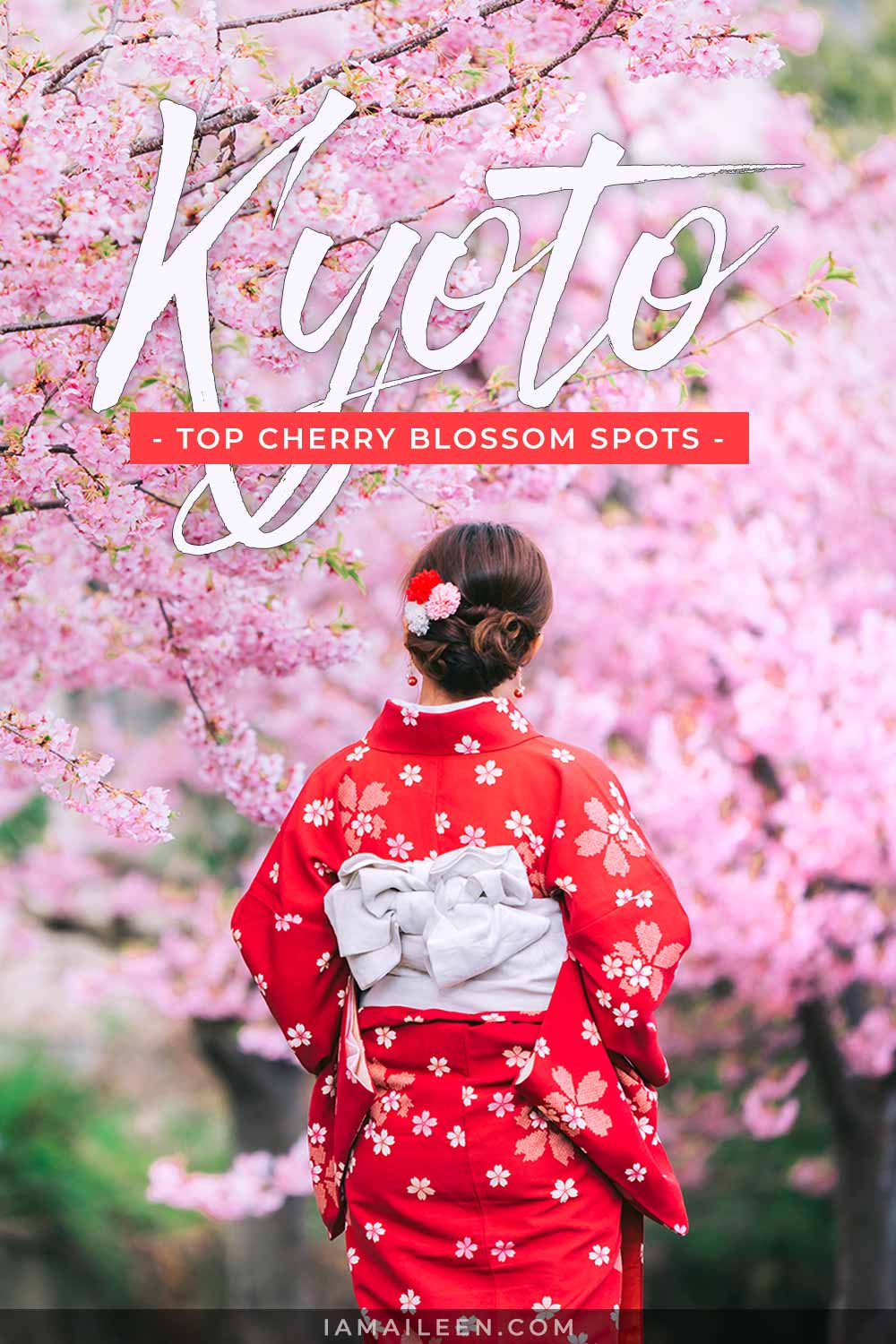


This is so helpful for my trip to Korea soon! Thank you so much for posting this.
I’m happy to hear!